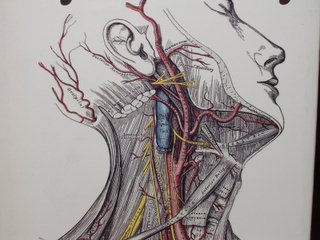Thursday, February 25, 2010
Process Selection and Facility Layout
The relevant chapter that we are covering in class is on process selection and facility layout. The first article that I will be referencing is on Intel and its decision to invest $3.5 billion in start up companies. The second article I will be referencing will have to do with the casket making industry and the challenges they are facing during the current economic times.
Thinking about the first article I am making the assumption that Intel, along with 24 other venture capitalist firms, will be investing in start-ups that at least to a certain percentage, will operate along similar lines as Intel itself. If that is indeed the case then at some point the company will need to consider process selection and facility layout.
To be more specific, the company has said that it also intends to hire more college graduates over the next couple of years, so in reality it will likely be the decisions of men and women who have just recently learned how to manage plants and select processes, under the supervision of experienced employees. They will be charged with the task of deciding whether they will operate under job shop, batch, repetitive, or continuous conditions. They will need to take into consideration things like how much automation will be necessary to operate, and how they can optimize their processes concerning sustainability issues. Will they have product layouts or process layouts? Will they have fixed position layouts or combination layouts? Or will it be the more likely situation of a cellular layout given they will probably be technology companies that operate in a highly group structured environment?
Moving from here to the casket production industry, I would like to talk about the opposite side of the coin. Most notable in this article is the decision by Hillenbrand Inc., the largest casket maker in the country, to buy a company named K-Tron, which specializes in “size reduction.” This means that they produce machines that crush and reduce the impact of excess raw materials, and in manufacturing machines that efficiently allocate raw materials on the job site.
The reason that this is so interesting is because it is indicative of a firm that is trying to shrink its facilities layout and making decisions to shift the paradigm of decision making concerning what type of process to use when making caskets.
Essentially they are facing the opposite situation that Intel has currently involved itself in. These casket makers are recognizing that not only have people stopped spending exorbitant amounts of money on something that will go in the ground and never be seen again, but also that when the economy turns around, consumers may not make the decision to start purchasing those gaudy coffins again.
These are two polarized cases of what it means to have to make process selection and facility layout decisions for two very different types of firms. What should be taken away from this lesson is that although these two markets may seem dichotomized at first glance, they both have to follow the same fundamental rules of managing operations.


